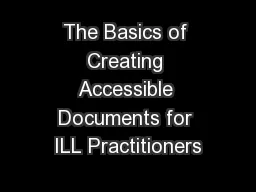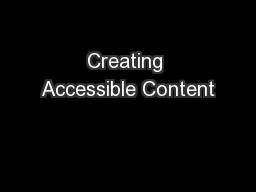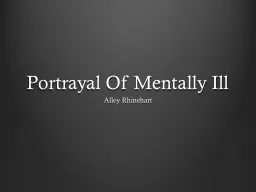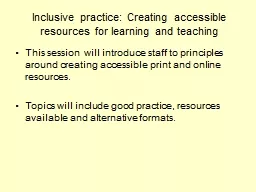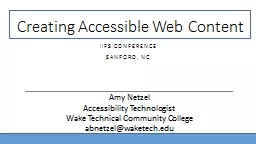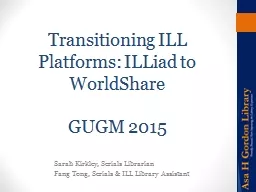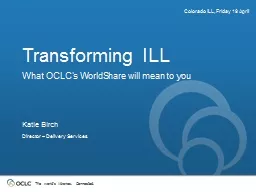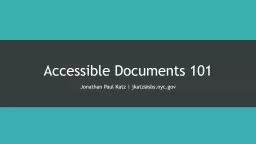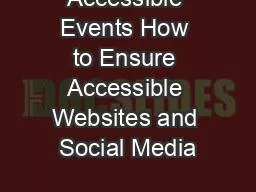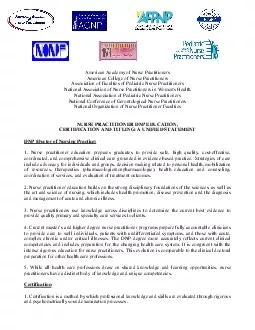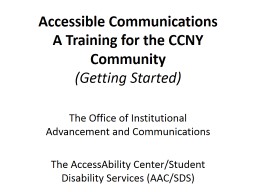PPT-The Basics of Creating Accessible Documents for ILL Practitioners
Author : bikersjoker | Published Date : 2020-06-19
IDS Project RUG Meeting Fall 2018 Tim Hickey Resource Sharing Librarian SUNY Purchase Agenda Scanning for Accessibility Accessibility Reports OCR Tags and headings
Presentation Embed Code
Download Presentation
Download Presentation The PPT/PDF document "The Basics of Creating Accessible Docume..." is the property of its rightful owner. Permission is granted to download and print the materials on this website for personal, non-commercial use only, and to display it on your personal computer provided you do not modify the materials and that you retain all copyright notices contained in the materials. By downloading content from our website, you accept the terms of this agreement.
The Basics of Creating Accessible Documents for ILL Practitioners: Transcript
Download Rules Of Document
"The Basics of Creating Accessible Documents for ILL Practitioners"The content belongs to its owner. You may download and print it for personal use, without modification, and keep all copyright notices. By downloading, you agree to these terms.
Related Documents

